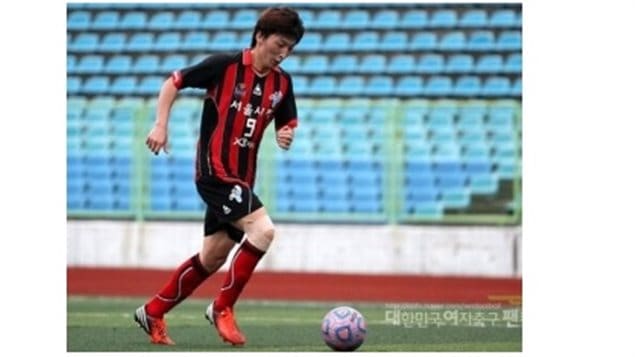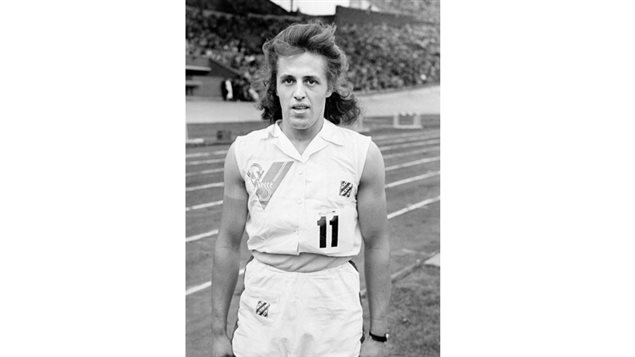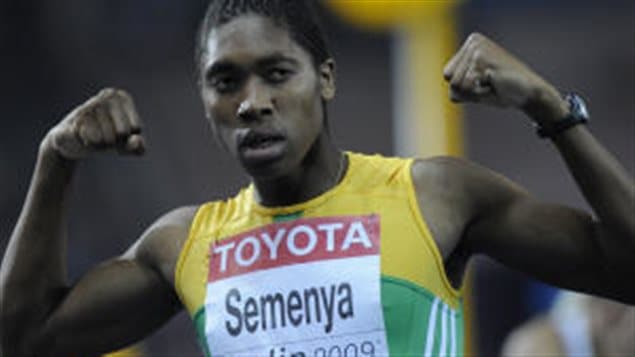Gender tests raising eyebrows
With the Women’s World Cup of Football (soccer) being played in Canada, the question of gender testing has arisen. Since 2011 FIFA regulations require all teams to sign a declaration that players participating are of the appropriate gender.
According to the rules, “It lies with each participating member association to … ensure the correct gender of all players by actively investigating any perceived deviation in secondary sex characteristic.”

The gender protocol is laid out in an 18-page document. On the FIFA site an explanation reads in part, “FIFA competitions are defined for specific groups determined by age and sex in order to ensure a level playing field for all players. Androgenic hormones have performance-enhancing effects, particularly on strength, power and speed, which may provide an advantage in football and could influence the outcome of the game. With respect to the integrity of football, it must be guaranteed that players fulfill the respective criteria for participation. It is a major responsibility of member associations and team physicians to ensure correct gender of their players.
Sex and gender result from complex physical and psychological development processes, and the apparently clear differentiation between men and women may become difficult in certain situations. Therefore, next to ensuring a level playing field for all players, a major objective of the FIFA gender verification regulations is to protect the dignity and the privacy of the individual. To this end, the regulations define a standard management procedure for the gender verification of football players of both genders in case of substantiated doubt.

It goes on to explain the procedure and who can in fact make a formal complaint, that if a formal complaint is made it must be supported with reasons and evidence, and if without credibility, the protesting party may be subject to sanctions.
However, “ If a gender verification procedure is opened, the approach is stepwise: the respective team physician shall provide the documents required for further investigation, such as medical history, sex hormone levels, diagnosis, treatment and current findings. If further examinations are required, they may only be performed by an independent expert to be identified in each host country. In cases where the expert is not able to clarify the situation, an expert panel will perform a comprehensive investigation.”

In th 1936 Olympics, Dora Rathjen who competed in women’s high jump was later revealed to be a man.
2014, four players on Iran’s national football (soccer) team were banned when it turned out they were men. Gender testing is now a requirement and seven other players in clubs have had contracts cancelled.
Some find it amusing, others sexist
The whole issue is causing a bit of stir. The women on the German team, which used gynecological reports as evidence, say they find the issue amusing, and have no taken it “so seriously”.
Others however like former Canadian team captain Geri Donnelly said she was “absolutely stunned” to hear about the rule.
Often female athetes don’t fit perceived feminine norms and are judged on appearance.
Reported by CBC news, Donnelly says that women on the field reflect women in society in terms of physical appearance.

Katie Thorakson a player for Canada in the 2007 World Cup hinted at discrimination, both in terms of the field and testing, “Are the men playing on [artificial] turf? No. Are the men getting tested for gender? No.”
In 2013 a South Korean player was accused by several rival teams of being a male and demanding that Park Eun-seon undergo genetic testing.
And in 2008, Equatorial Guinea’s Genoveva Anonma was forced to undergo a physical examination to prove her gender after scoring the winning goal in the African Women’s Championship.

Another controversy arose over the case of Caster Semenya of South Africa who won the women’s 800 metres at the 2009 World Championships. Accused by rivals of being a man, she underwent testing ans was found to have hermaphrodite characteristics. The The International Association of Athletics Federations later cleared her to continue competitions as a woman.
During the cold war, many East German female athletes were accused of being male, but it was later revealed they were taking a heavy load of steroids and other drugs. Many suffered health problems in later life.
One of the earliest known cases involved “Dora” later “Heinrich” Ratjen. Raised as a girl, Dora competed in the women’s high jump in the 1936 Berlin Olympics and in 1938, at the European Athletics Championships, winning the gold medal with a world record jump of 1.67 m. Later testing in 1939 found he had male genetalia and he removed himself from sport. A film “Berlin 36”, a fictionalized film was made based on the story.







For reasons beyond our control, and for an undetermined period of time, our comment section is now closed. However, our social networks remain open to your contributions.